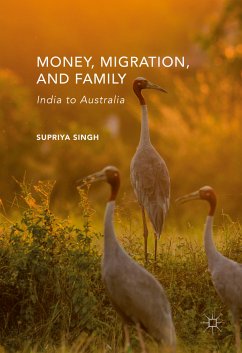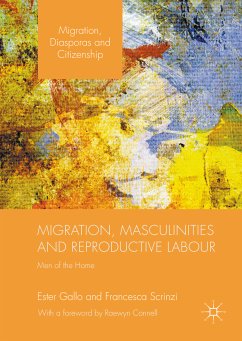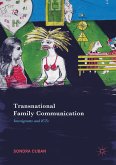This book tells the story of nearly five decades of Indian migration to Australia from the late 1960s to 2015, through the eyes of migrants and their families. Firstly, there is the marked increase of Indian migrants, shifting from the earlier professionals to a dominance of student-migrants. The India-born in Australia are the fourth largest overseas born group. Secondly, remittances flow two ways in families between Australia and India. Thirdly, family communication across borders has become instantaneous and frequent, changing the experience of migration, family and money. Fourthly, mobility replaces the earlier assumption of settlement. Recent migrants hope to settle, but the large group who have come to study face a long period of precarious mobility. Lastly, recent migrants re-imagine the joint family in Australia, buying homes to accommodate siblings and parents. This is changing the contours of some major cities in Australia.
Dieser Download kann aus rechtlichen Gründen nur mit Rechnungsadresse in A, B, BG, CY, CZ, D, DK, EW, E, FIN, F, GR, HR, H, IRL, I, LT, L, LR, M, NL, PL, P, R, S, SLO, SK ausgeliefert werden.
Hinweis: Dieser Artikel kann nur an eine deutsche Lieferadresse ausgeliefert werden.









